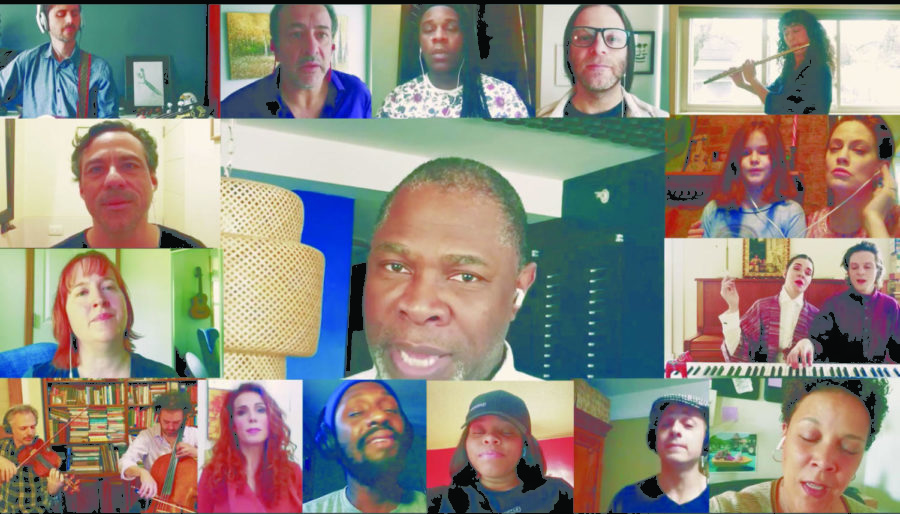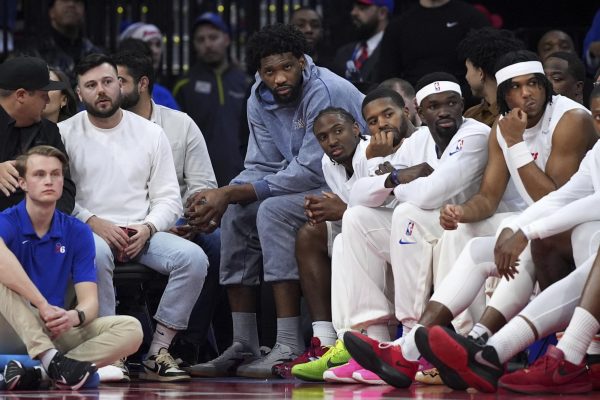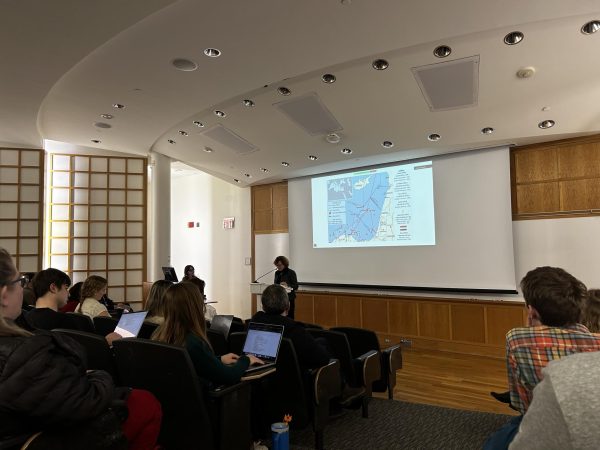More or Less I Am Brings Hope to Colgate Community
In an age where most of our lives exist within the confines of our computer’s screen, it can feel like the last thing we want to do is log onto yet another Zoom call or virtual event. However, when events like Compagnia de’Colombari’s virtual performance piece More or Less I Am comes to campus, an opportunity to shed our loathing for Zoom presents itself. The lively piece combines music, spoken word poetry and performance to offer students, faculty and the community members an escape from reality, and reintroduces live theater into our experiences despite the absence of in-person performances due to COVID-19.
Compagnia de’Colombari is an international performance company based out of New York City that originally began in Italy in 2004. Their goal, according to their website, is to “intentionally clash cultures, traditions and art forms to bring fresh interpretation to the written word.” Their piece More or Less I Am does exactly this. The piece has been performed since 2008, but as the pandemic hit on the cusp of the company’s performance in New Haven, the group had to pivot and reimagine their performance piece in a pandemic world. The group filmed themselves during quarantine, stringing together a four-part series, each video around nine minutes long, made available to the Colgate community over the course of three weeks in February.
Colgate’s theater department was keen to bring something like this to campus. Associate Professor and Theater Department Chair April Sweeney was integral in bringing the piece to campus as a way to grapple with tough questions like: if we can’t have live performance, what can we do? How can we give the opportunity to our community to engage with performance within the confines of what we have now? How do we make this performance meaningful?
“This is both a crisis and an interesting moment with how artists are reacting to the challenges of the global pandemic. The simplest motive was to give the opportunity of these little episodes of music and spoken word poetry and performance — a gift,” Sweeney reflected.
Of course, there are challenges in moving the art of theater to a strictly virtual format. Even more broadly, theater has struggled more than many industries in the past year; it has not been considered to be essential and it is predicted that within the next two years, roughly 50% of performing companies will have disappeared.
“We find ourselves in a post-human age, so the question is how necessary will we, as a society, find interaction. The thing that theater does is tangible and ephemeral. It would be easy for it to never come back but that underlies the necessity to create by any means necessary,” Sweeney commented on the importance of theater.
However, with the generous support of universities like Colgate and Dartmouth who co-commissioned More or Less I Am, there is hope for the future. Despite the challenges that COVID-19 has posed for the world of performance, this particular virtual event worked incredibly well. Molly Lambert, an engaged first-year Theater student, was especially excited by how well the piece worked on the screen as opposed to an in-person performance.
“The fact that this piece was once a touring group, in person, and has now been pushed onto a screen, is astounding as an artistic feat. The performers, from hundreds and thousands of miles away, felt like a cohesive, united company, and were able to orchestrate a musical and evocative piece. The screen allowed for connections with people all over the world, and, like many things this year, made us realize that we really are a lot more connected in our loneliness than it often seems,” Lambert said.
Professor of German Matthew Miller also watched the series and attended the event’s round table discussion. He thoroughly enjoyed engaging with the piece. For him, one of the largest takeaways was the importance of American culture. Inspired by Walt Whitman’s 1855 poem “Song of Myself,” the piece seeks to reimagine United States history in a positive and inclusive way.
“When you study things like Whitman or that which makes Whitman’s work alive again, you realize there are a lot of things in American culture that have a ton of potential and they aren’t always present in the sphere. If U.S. citizens are more aware of the positive cultural and artistic traditions, it would give you a better foundation for becoming more hopeful,” Miller said.
Miller was not alone in his takeaway of the hope that the piece instilled. Sweeney echoed this sense of hope and community building.
“It was so hopeful and beautiful and surprising. It was an interesting take on taking his work and the ‘Song of Myself’ and actually investigating what it claims to be but wasn’t at the time with a community of diverse people around the world. When words fail you, you speak poetry. When you can’t speak poetry you sing. When you can’t sing anymore, you hum,” Sweeney passionately noted.
Now, more than ever, we all need a little hope and connection. More or Less I Am was able to do exactly this. It will be available for online viewing until March 25.










